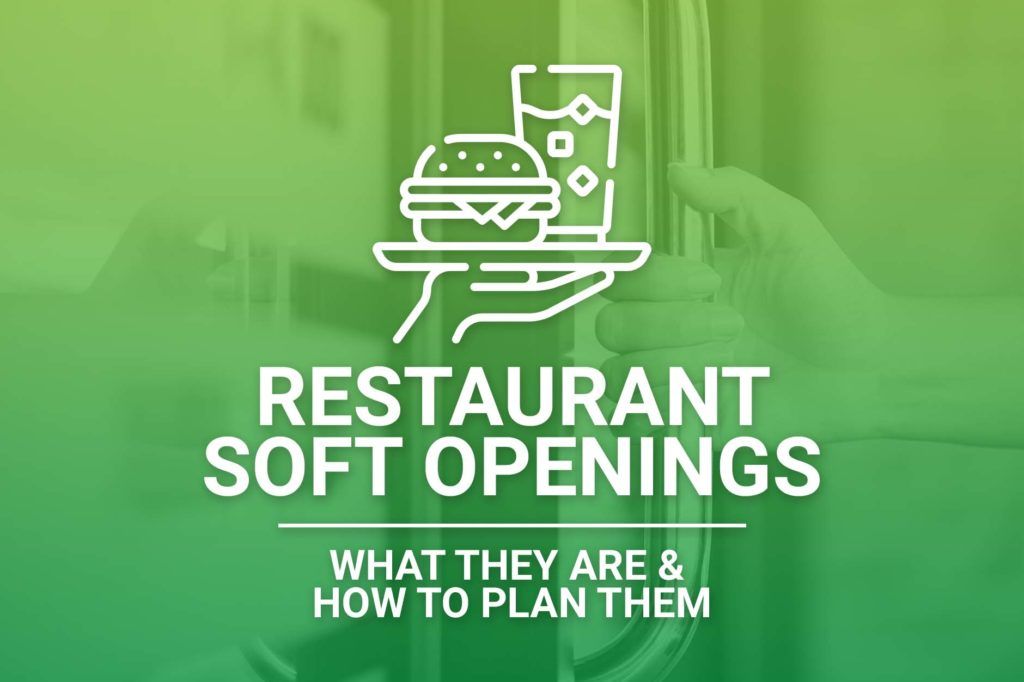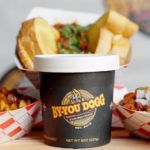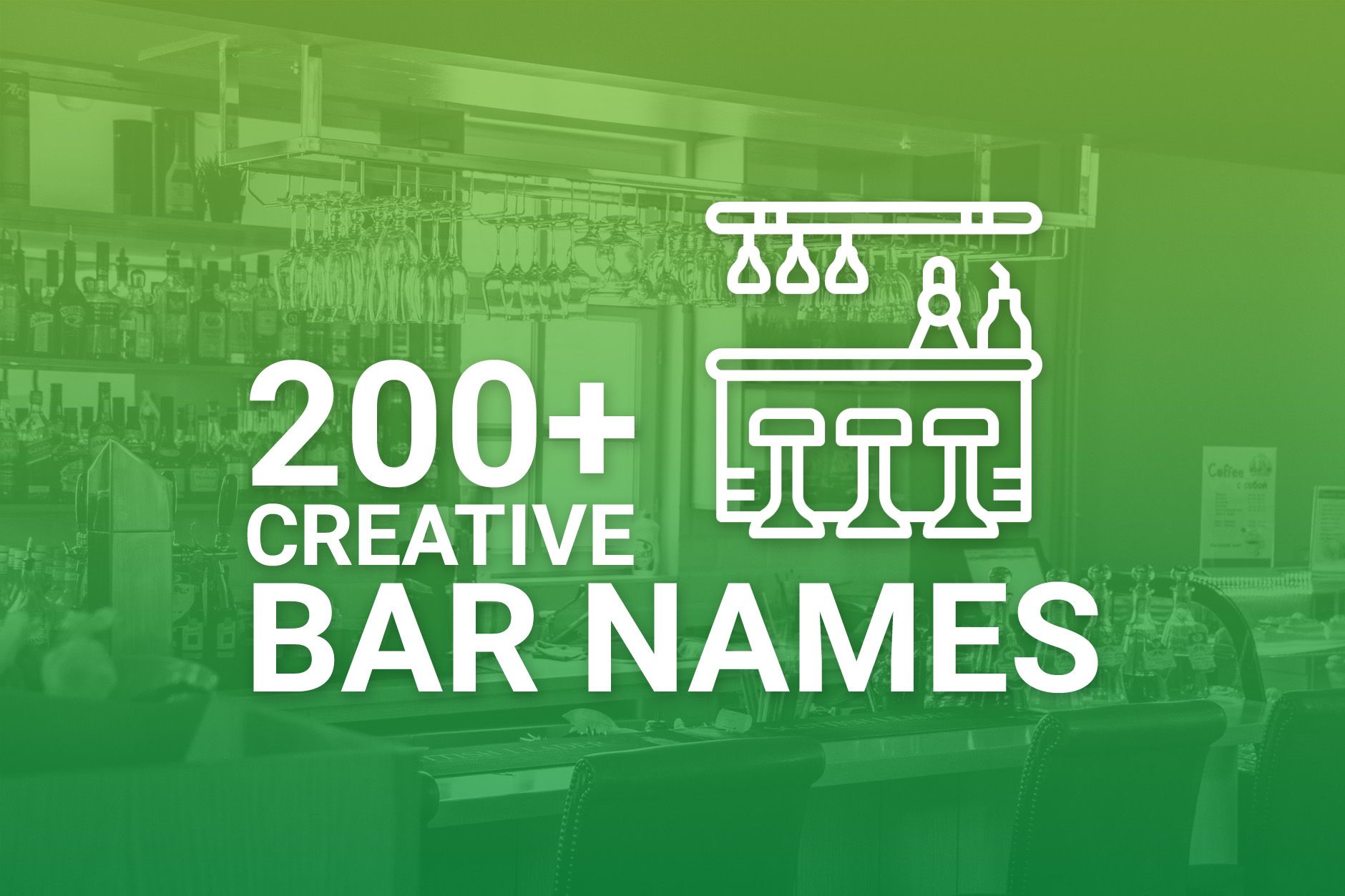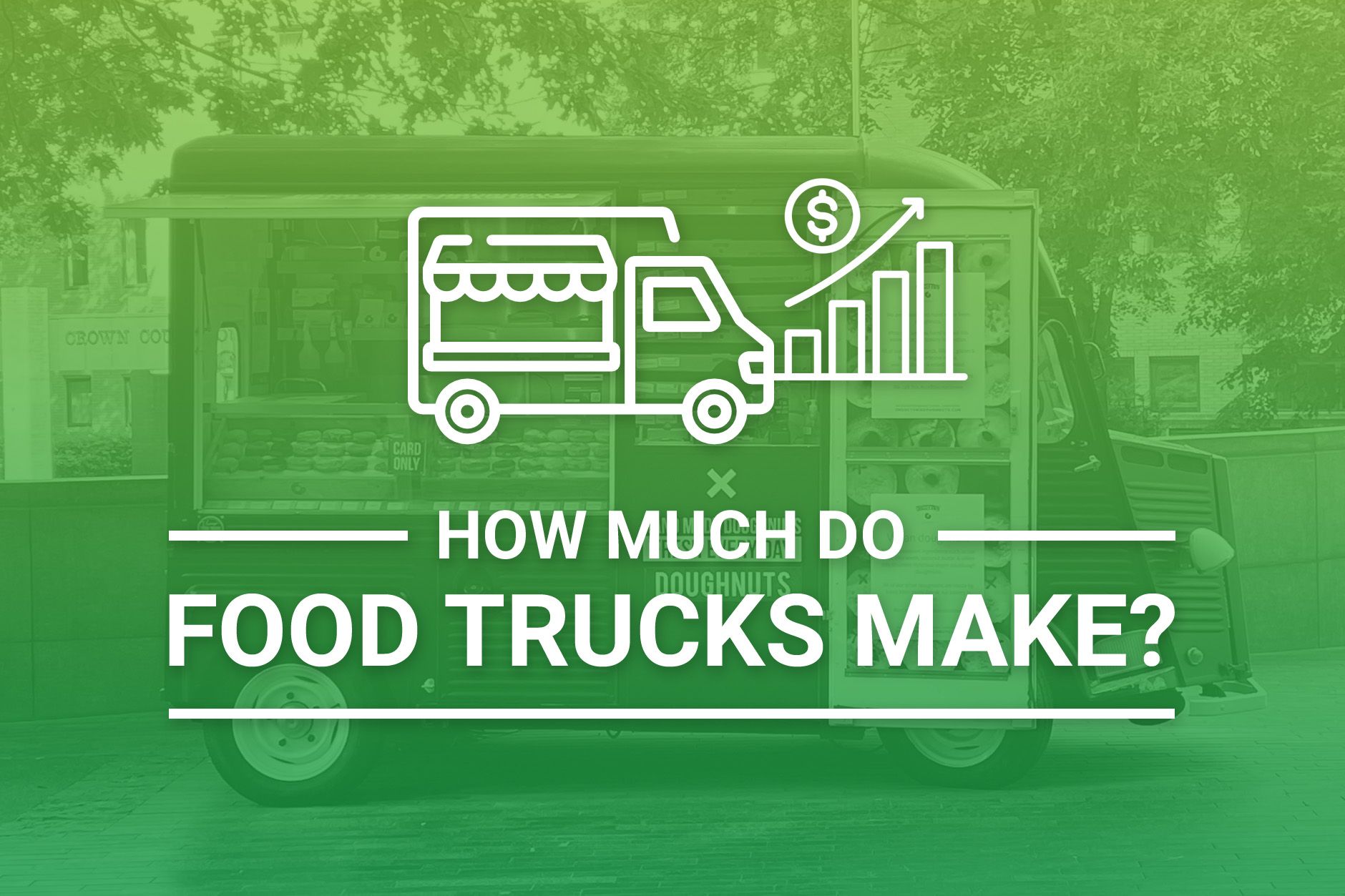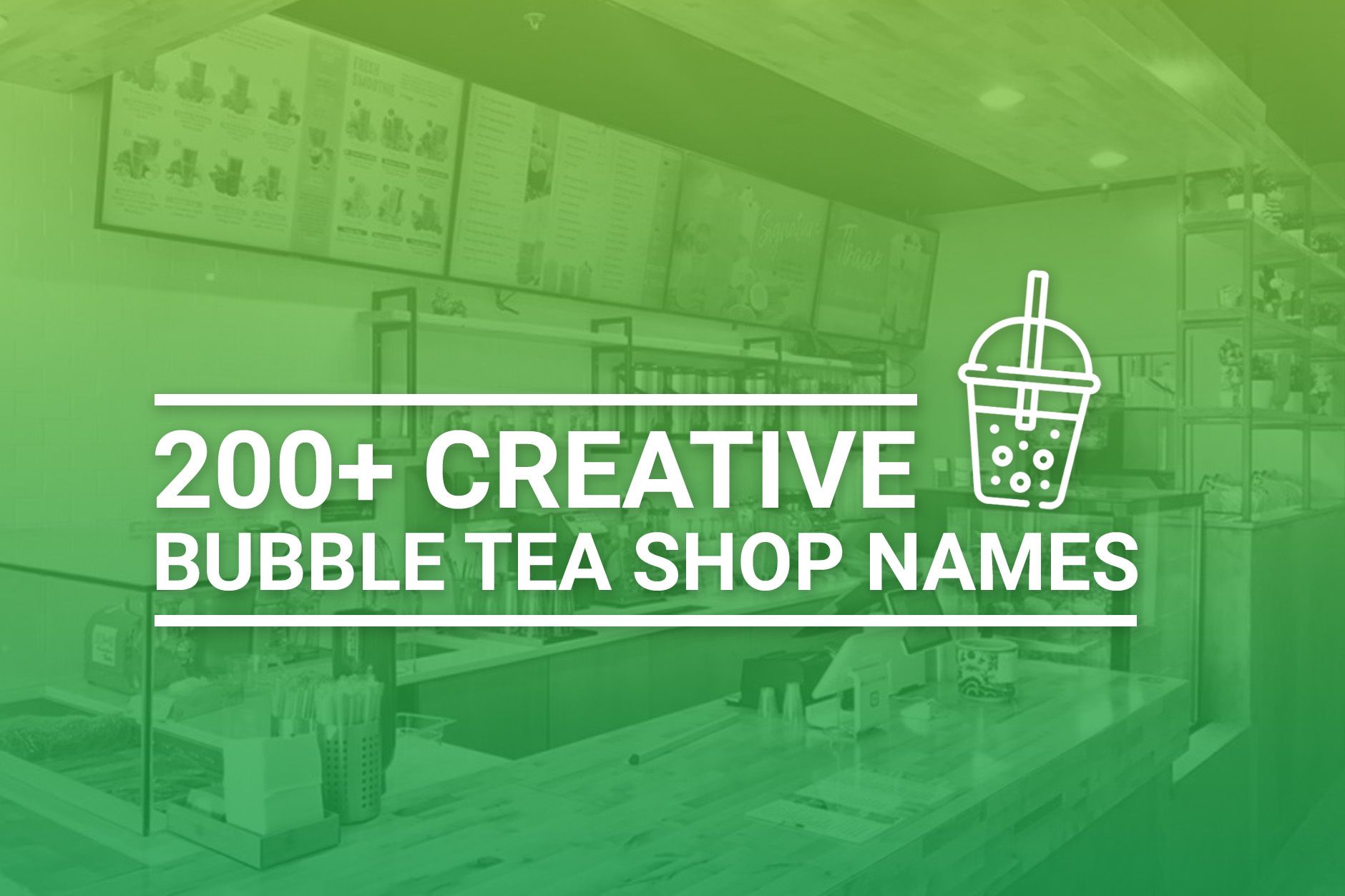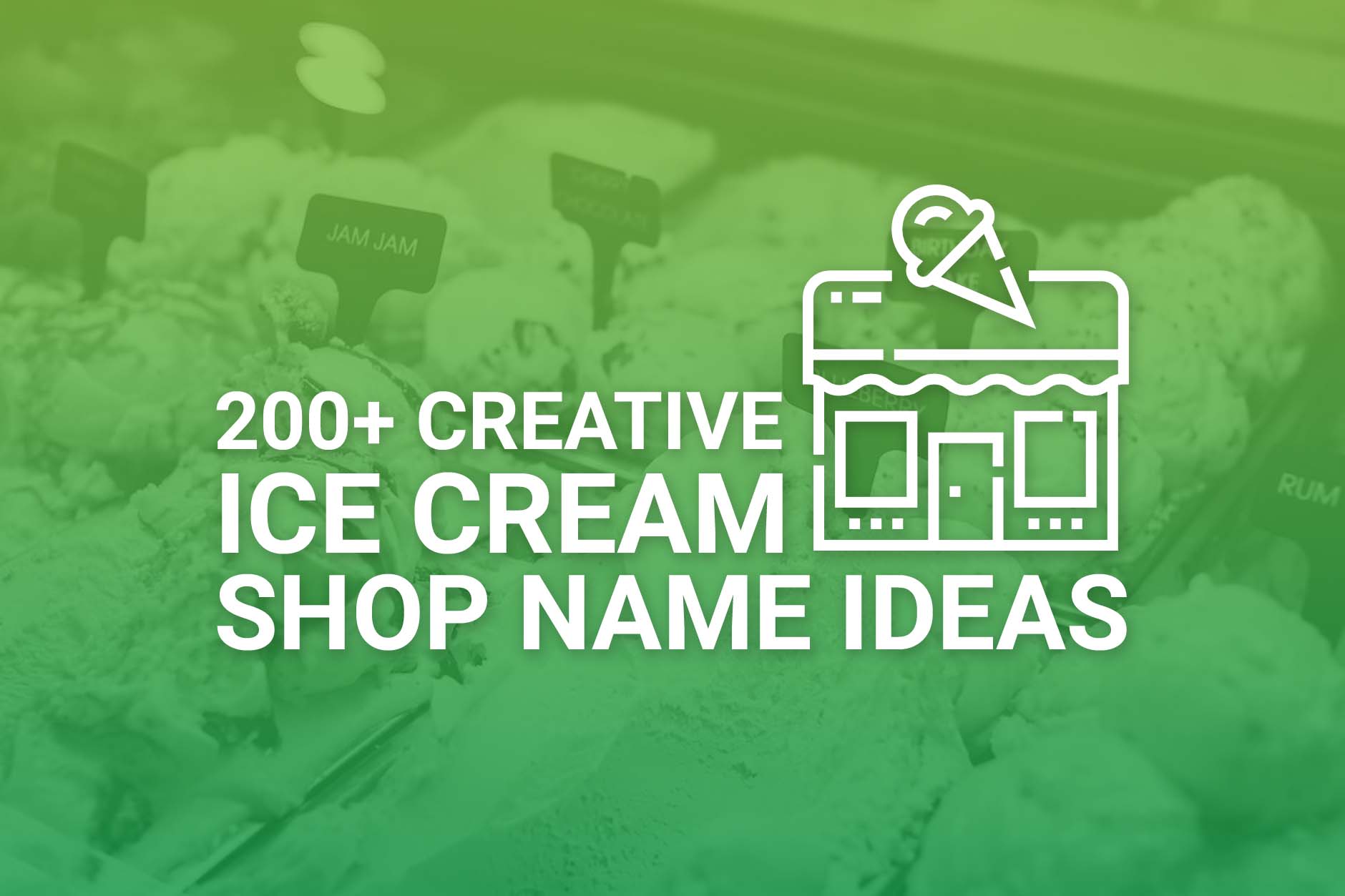At Budget Branders, we work with independently owned and operated restaurants throughout the United States. We provide high-quality disposable products to food service businesses, each of which can be custom-printed with your restaurant’s name and logo. Budget Branders can help you drive more brand visibility and sales with items like custom cup sealing film, custom coffee sleeves, custom sandwich bags, and more. Reach out to talk to a member of our branding team about your company’s needs.
What Is a Restaurant Soft Opening?
Of course, soft openings aren’t just a chance to get feedback. They’re also a way for the restaurant team to become familiar with the layout of the restaurant and how service should be handled. In this way, both front and back of the house staff can work out kinks in service to ensure that they are better prepared for the grand opening.
Should You Have a Soft Opening for Your Restaurant?
Benefits Of Hosting A Soft Opening
Create Anticipation
First, a restaurant soft opening is a good way to build hype about your new business. You can allow your guests to post about the soft opening on social media, which is a great way to get free advertising.
Their posts will help to grow excitement about what is to come. You can also post your own photos and videos of the soft opening. This can be a great way to show your future patrons what type of restaurant you will be, and what they can expect when you officially open.
Provide Training & Iron Out Kinks
Second, a soft opening is a great way to practice before you officially open. This is particularly important when you have new employees who may not be as seasoned when it comes to working in a fast-paced restaurant. Even for more skilled staff, a soft opening gives them a chance to work on your restaurant’s way of doing things.
At the same time, a soft opening gives you a chance to test out other aspects of your operation – such as your point of sale (PoS) software – or certain methods used in the kitchen. During your soft opening, you can take stock of what is working and what isn’t, and make adjustments accordingly.
Generate Repeat Customers Early
Third, a soft opening is a good way to bring in business once you do officially open. You might hand out coupons or other offers to guests during a soft opening that will encourage them to come back in the future. While the guests won’t be paying during the grand opening, if you impress them with your food and service, they will likely come back as paying customers.
Collect Constructive Feedback
Fourth, with a soft opening, you can get constructive feedback before you open for business. You can even hand out comment cards or a link to a survey where guests can answer questions about things like concept, décor, menu, and service. This will then give you a chance to incorporate changes based on the feedback before you open to the public.
Downsides To Hosting A Soft Opening
Soft Openings Cost Money
Unfortunately, hosting a soft opening is going to cost you. There are a few expenses you’ll incur, including paying for ingredients and for your staff. Your guests won’t be paying, so the entire cost of the opening – including any discounts you might offer for future use – will be on you.
Lack Of Meaningful Feedback
One of the primary purposes of hosting a soft opening is to receive helpful feedback before launch, but you may not receive feedback that is constructive. Guests don’t always give criticism that is truly useful and may offer bland platitudes instead (like “everything was great!”). While that may be nice to hear, it doesn’t help you adjust your operations to improve your service. Alternatively, a guest may offer an unfair critique or a criticism about something that you can’t or won’t change.
How to Plan a Restaurant Soft Opening
Select A Soft Opening Date
As an initial matter, you should pick a date. Most restaurateurs choose a date that is close enough to their grand opening to build buzz – but far enough out that they will have time to adjust to feedback. This is often a week or two before an anticipated official opening.
Create A Guest List
Next, you will need to build a guest list. While each soft opening is different, most restaurants invite investors, family, friends, and other local business owners. Inviting fellow entrepreneurs is a good way to build bridges between your restaurant and other businesses – and to support each other.
You may also choose to include local influencers or people who are well-known in the community. Doing so can help to create hype for your restaurant, especially if they post about the event. However, people who don’t know you as well or aren’t invested in the success of your enterprise may have more harsh or negative reviews or comments. Be sure that the people that you invite aren’t the type that might rip into your business online.
Prepare Your Menu
Once you have your guest list set, it’s time to think about your menu. Most restaurants choose to do a limited menu for a soft opening, featuring a few signature dishes and special drinks. Of course, when you go this route, each item will need to be made to perfection – and the service should be outstanding.
Alternatively, you could go with a full or close to full menu to give guests a better sense of your offerings. This doesn’t mean that you have to offer regular dinner-sized servings – you can do small bites of your full menu, for example. This approach can be harder to manage, however, and it may make it more difficult to pinpoint any potential issues.
Decide On Pricing
At this point, you will need to decide how to handle the money aspect. Generally, guests do not expect to pay for a soft opening – or at least not full price. Not charging guests can build goodwill, but it can obviously get expensive. If you view a soft opening as your guests doing you a favor by letting you do a trial run of your operations, then it makes sense to either not charge guests or heavily discount your menu.
Whatever you decide when it comes to pricing, you will need to let your guests know on the invitation. The invite should also include basic facts like time, date, and address, plus how to RSVP. If there is a special dress code or anything that your guests should know, be sure to put it on the invite.
Create A Feedback System
Next, think about how you want to handle feedback. You can go old school, with comment cards, or even put up QR codes that link to a survey. Having some type of formal method for collecting feedback is important so that you can make any necessary changes before your grand opening.
Prepare Your Staff
Finally, be sure to train your staff appropriately. In the weeks and months leading up to the event, you will have been working with your front and back-of-house employees. However, you may want to do some specialized work with your staff to get them ready for this event.
How Budget Branders Can Help Your Restaurant Grow
To learn more or to request a quote, contact us today by pressing the live chat button, or sending us a message online.
